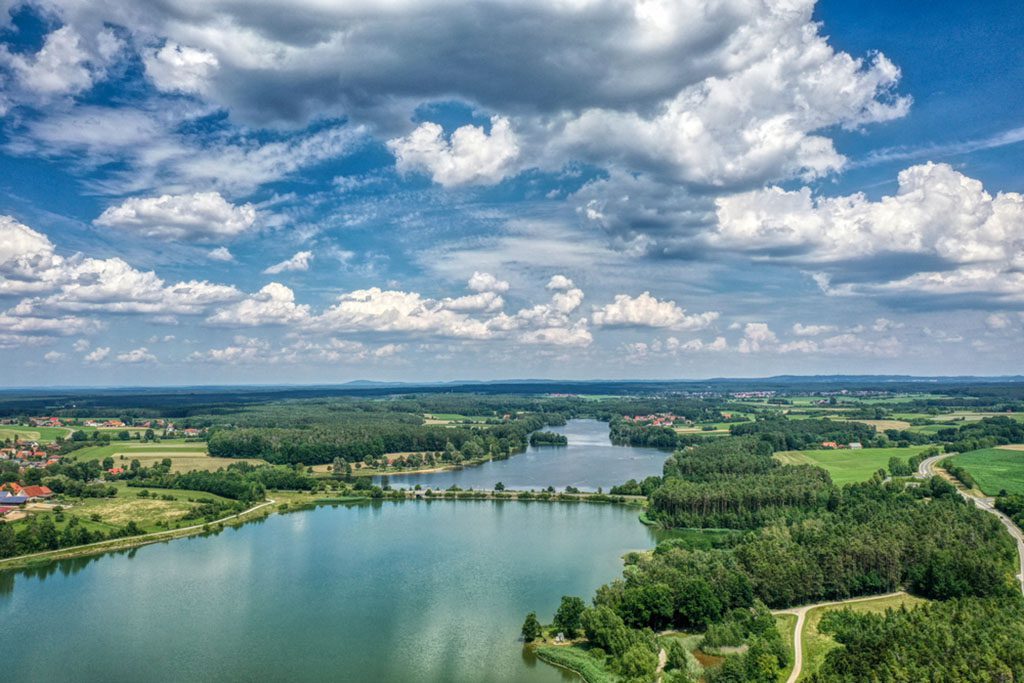In southern Germany, you’ll find Bavaria, a region with its own distinct culture. Beer halls, bratwurst, and that classic Bavarian architecture that makes everything seem like it’s from a fairy tale are just a few examples of Bavarian customs and food that are frequently generalized to all of Germany.
In many respects, Bavaria does resemble a fairytale, what with its towering, magical mountains, verdant valleys dotted with woods, placid, mirror-still lakes as vast as oceans, crumbling ruins, and still-standing castles. Bavaria is home to some of Germany’s most beautiful and interesting destinations, from pristine wilderness to quaint medieval settlements.
17. Franconian Lake District
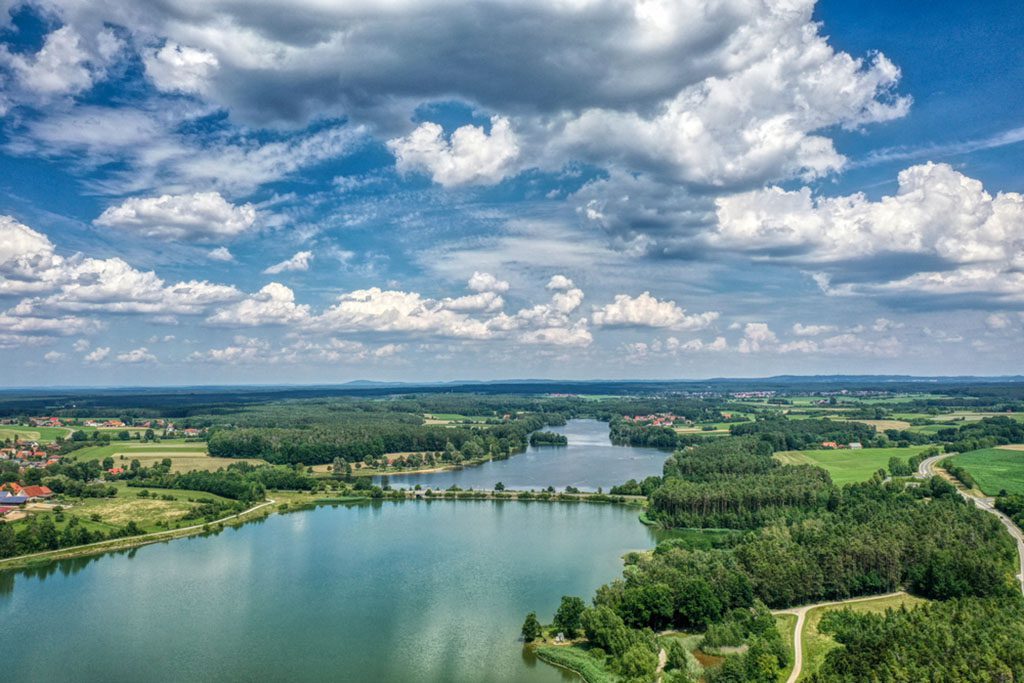
Situated to the southwest of Nuremberg in northern Bavaria, lies the Franconian Lake District. The Hahnenkammsee, Altmühlsee, Rothsee, Dennenloher See, and Brombachsee are its five lakes. The latter was made possible by one of Germany’s greatest water management projects in history.
Whether or not these lakes were artificially created, they still contribute to a beautiful natural setting ideal for a variety of outdoor activities. Water activities and hiking are popular in this area, which is characterized by its lakes, meadows, and quaint towns. The ideal way to experience the Franconian Lake District is from the comfort of a tent or a quaint inn.
16. Nuremberg
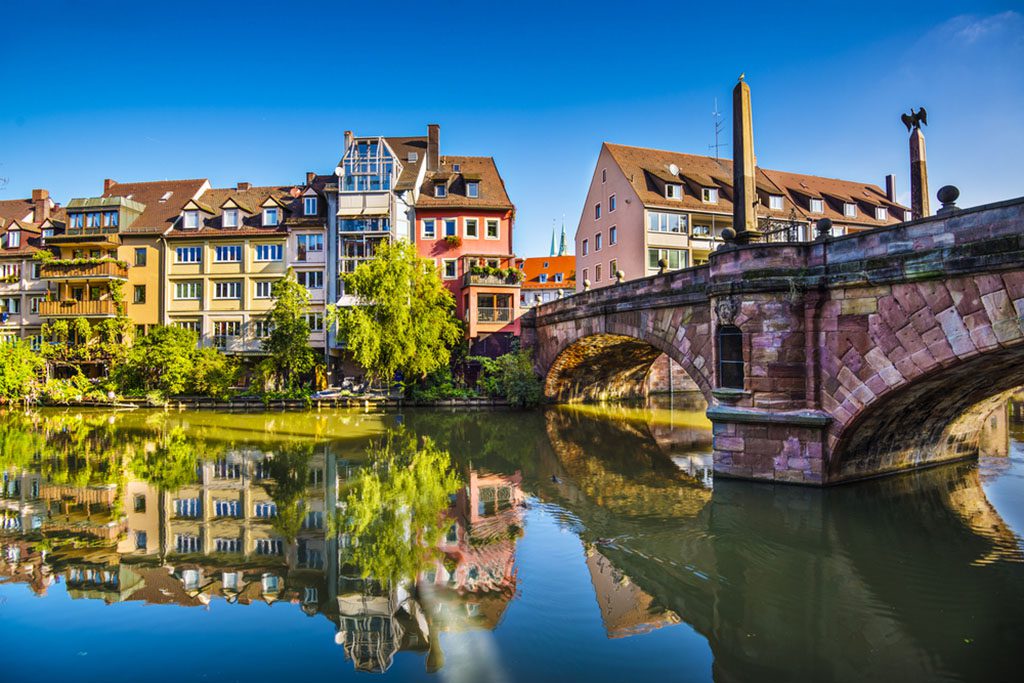
Nuremberg, the state’s second-largest city, is a year-round destination for visitors from all over the world and residents alike. The city of Nuremberg is perhaps most well-known for hosting the infamous Nazi war crimes trials, but it also has the spectacular Nuremberg Castle, a medieval marvel constructed in 1495.
During World War II, a large portion of the city was destroyed. Fortunately, the majority of the picturesque Altstadt (Old Town) was rebuilt later, and with the original stone, bringing medieval elegance back to Nuremberg. One of the busiest tourist seasons in Nuremberg coincides with the city’s annual Christmas Market.
15. Landshut
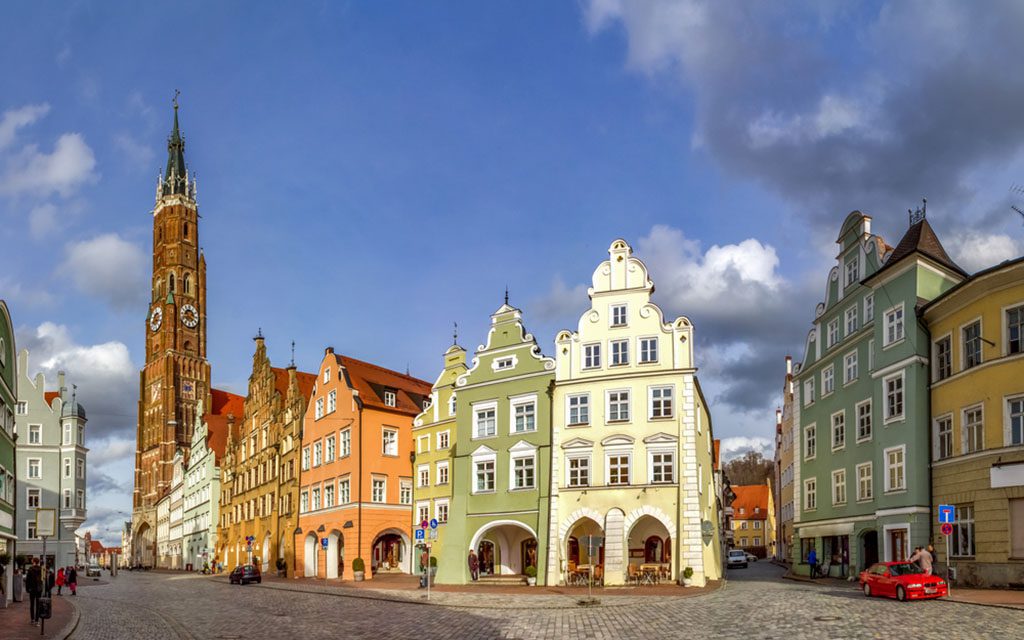
Landshut, between the cities of Munich and Regensberg, is a lovely example of a medieval German town. The Landshut Wedding, held every four years, is a recreation of a medieval wedding complete with jousting, feasting, and tournaments between knights.
St. Martin’s Church is among its most impressive landmarks. The highest church in Bavaria, this brick Gothic structure dates back to 1389 and includes a lofty spire. For another example of Renaissance architecture, check out Trausnitz Castle, which has been a popular tourist attraction since it was built in 1204.
With its picturesque setting among the Old Town’s ancient buildings, the Landtor neighborhood is perfect for a day of shopping, dining, and drinking. In addition to its proximity to Franz Josef Strauss International Airport, the town of Landshut offers an unexpectedly large number of accommodations housed in quaint historic buildings.
14. Augsburg
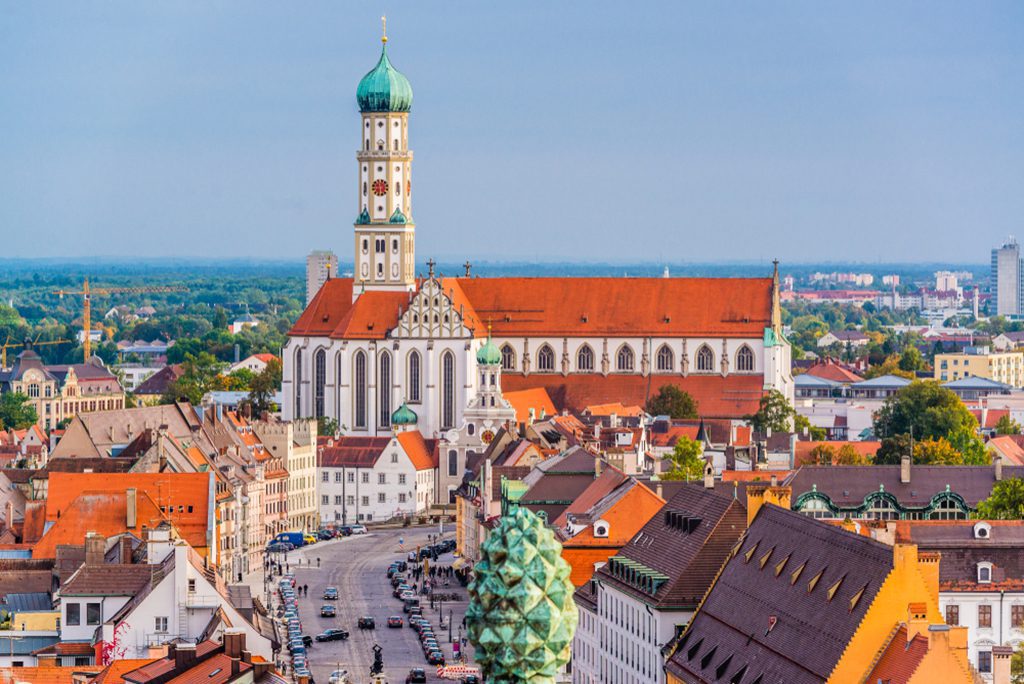
It is the biggest town on Germany’s Romantic Road and one of the oldest towns in the country, having been built by the Romans in 15 BC. It wasn’t until the 13th century that Augsburg became a sovereign nation, and it was a prosperous one at that. The town’s beautiful structures, including the Baroque Town Hall and the Romanesque cathedral, built in the 11th century, attest to its past prosperity.
The Fuggerei in Augsburg is the oldest social housing complex in the whole world. These homes date back to 1516 and are still occupied today because of their low prices. Augsburg has transformed into a lively college town with plenty of bars and a pleasant pedestrian plaza.
13. Linderhof Palace
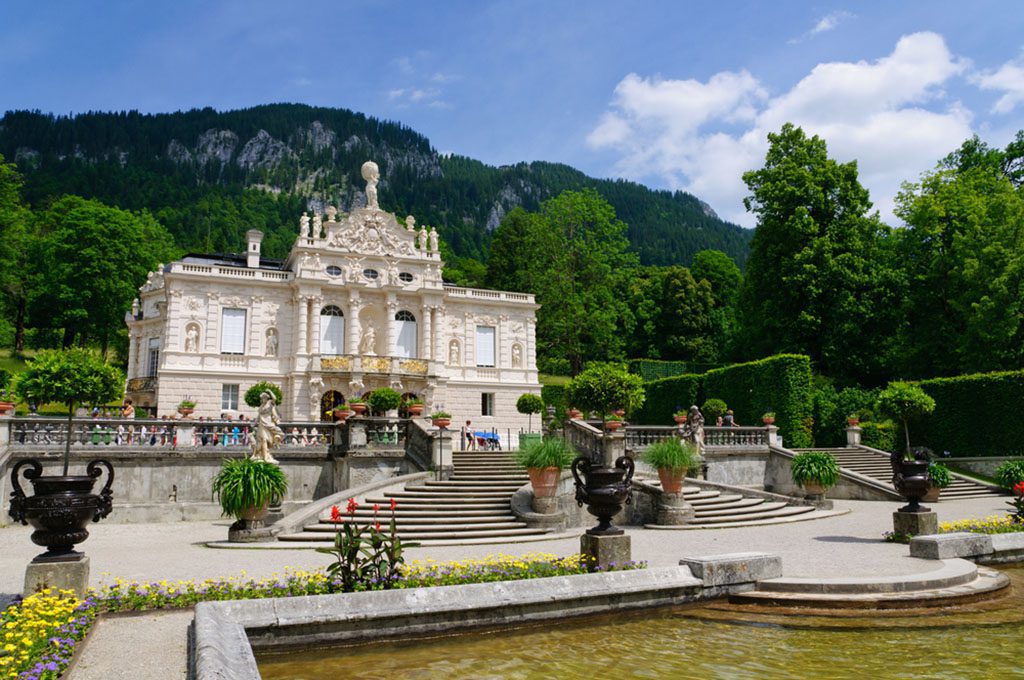
The Linderhof Palace, near Schloss in southwestern Bavaria, is another of King Ludwig II’s wacky castle designs. Among Ludwig’s three palace designs, this one is the smallest, and it’s also the only one he got to see through to completion.
The Linderhof Palace was designed after Versailles and contains lavish Rococo interiors with elaborate carvings and gold leaf. In addition to the manmade and highly glittering Venus Grotto, it also has an exquisite “Moroccan House” in the manner of the architecture of that country. Beautifully designed gardens, which visitors are welcome to explore at no cost, offer a stunning backdrop to the palace’s location in the Bavarian Alps.
12. Wurzburg
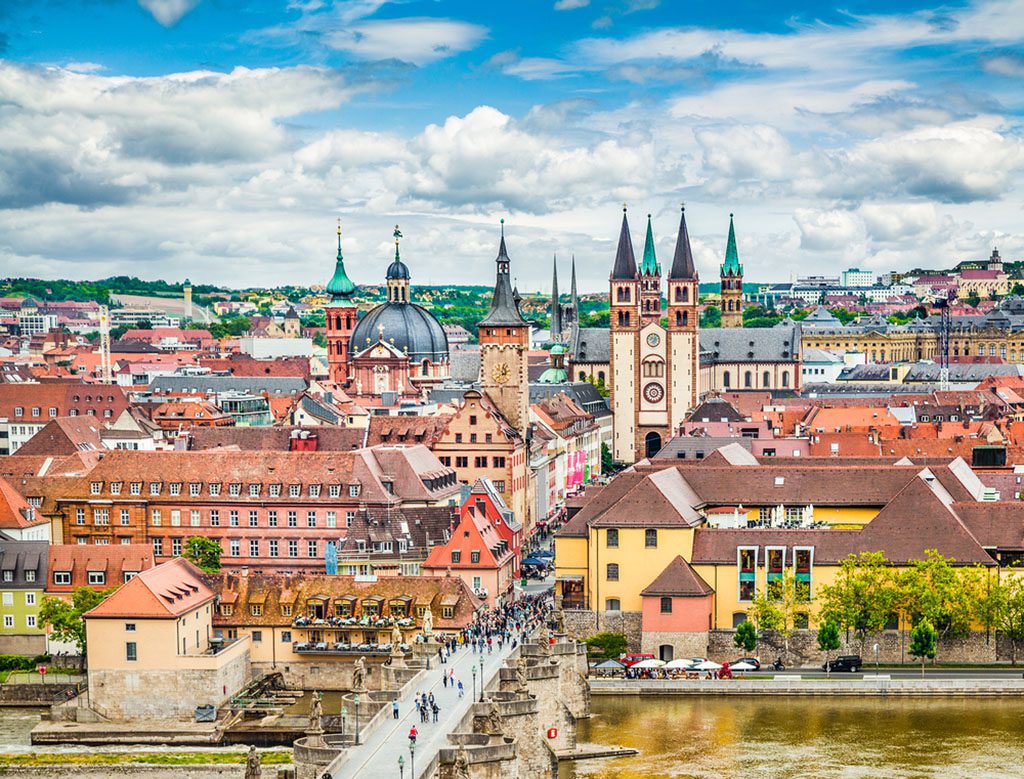
Würzburg, a town on the Romantic Road, benefits from a picturesque setting beside the Main River. It’s a beautiful area to visit, rich in cultural heritage and stocked with works of art and wine.
Würzburg Residenz is the city’s most visited attraction because of its stunning Baroque architecture, which includes a zigzag staircase and the biggest fresco in the world. Thanks to its bustling student population and charming, winding lanes, Würzburg is a great area to stop and take in the local culture.
11. Dinkelsbuhl
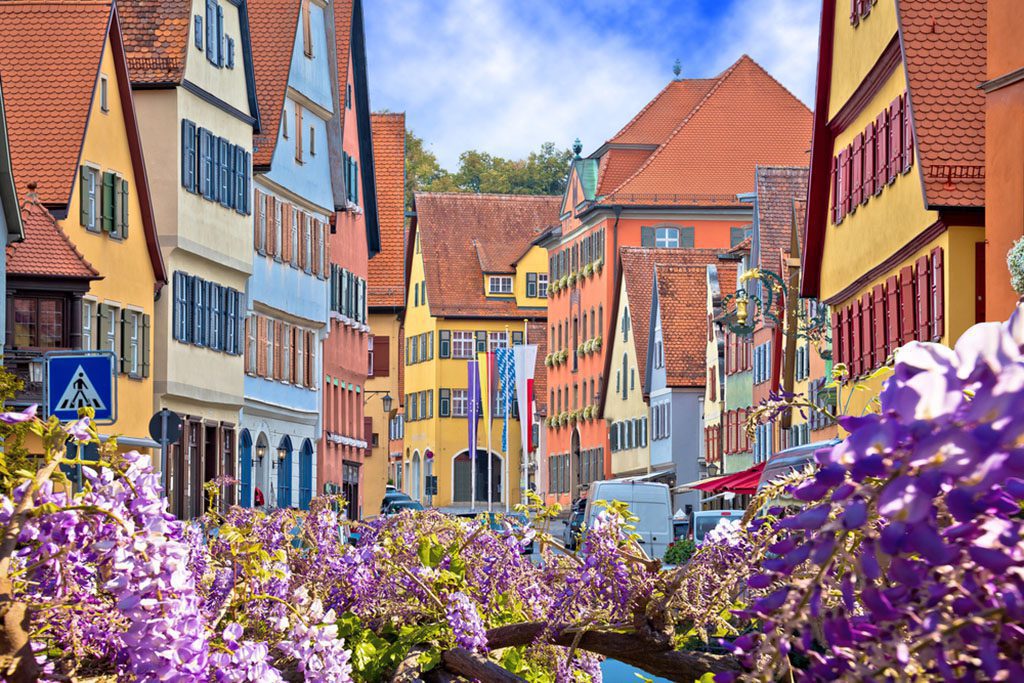
Carolingian rulers laid the groundwork for modern-day Dinkelsbühl in the eighth century. It is easy to understand why many modern Germans consider this town to be the country’s most picturesque. Dinkelsbühl, located on the Romantic Road, is dominated by picturesque medieval homes painted in pastel hues that make the town seem like something out of a fairy tale.
Explore the walled grounds, ponder the significance of its 18 towers, and be transported to another era. The town celebrates its surrender to Sweden in the Thirty Years’ War, which ended in the 17th century, every year.
10. Regensburg
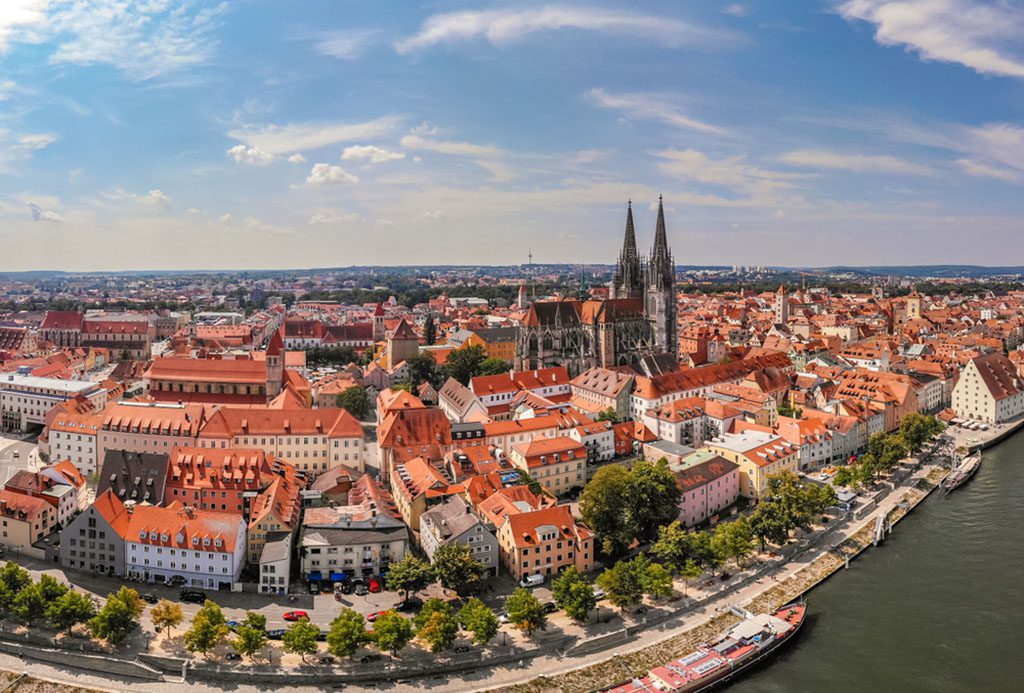
Near the mouth of the Danube, the city of Regensburg is renowned for its remarkably intact medieval core. However, the city’s stone bridge has become its symbol. This remarkable bridge was built in the 12th century and has 16 arches that span the river.
The Gothic masterpiece that is Regensburg Cathedral dates all the way back to the 13th century, when its first spire was built. The Porta Praetoria, a city gate constructed in 179 AD, is a reminder of the city’s Roman past. One of the town’s medieval towers is an impressive 50 meters high, and they surround the whole settlement. Evidently, visiting Regensburg is like spending time in a fantastical book.
9. Lake Constance
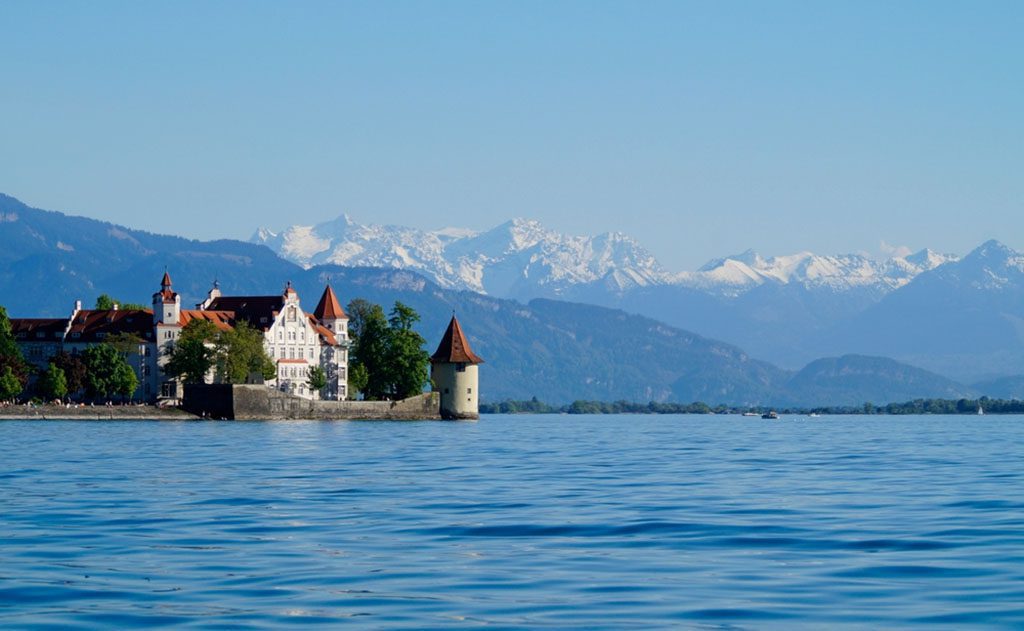
Lake Constance, or Bodensee in German, is a beautiful blue alpine lake on the border between Austria and Switzerland. The lake is divided into the Untersee and the Obersee, both of which get water from the Rhine.
This 63-kilometer-long lake is best visited during the summer when its lovely resorts and campsites are open. There are also a few charming urban centers, most notably the island city of Lindau, which is teeming with medieval and half-timbered architecture.
Outdoor enthusiasts may enjoy swimming, sailing, and windsurfing, as well as hiking in the surrounding hills, while serious cyclists can make use of the lake’s encircling bike path.
8. Franconian Switzerland
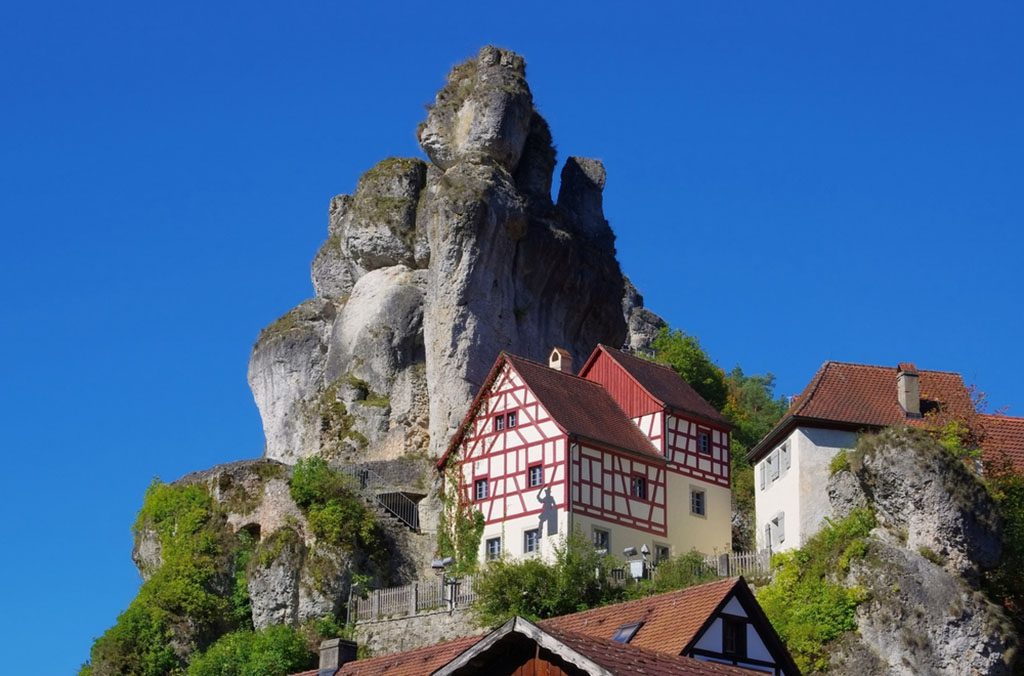
One of Germany’s first tourist attractions is the Franconian Switzerland region. Poets and painters of the 19th century gave the region its name because they were inspired by the picturesque scenery and thought it reminded them of Switzerland. What followed was inevitable.
Despite the location in a rural region, there are plenty of activities to partake in. Franconian Switzerland has the largest concentration of breweries in the world, and it also offers a variety of attractions and activities, such as boat rides down the River Wisent, cave exploration, rock climbing, exploring abandoned castles, and visiting picturesque towns. There is a bar or pub in just about every town in the region.
7. Garmisch-Partenkirchen
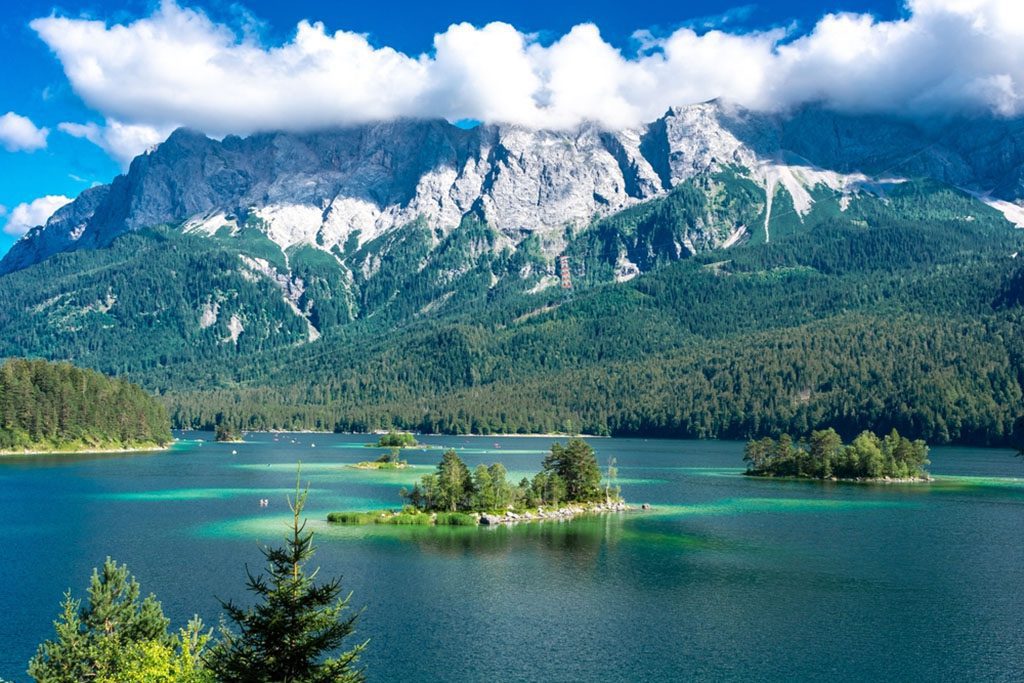
Located in the heart of southern Bavaria, the town of Garmisch-Partenkirchen is a picturesque destination. The Nazi administration combined the municipalities of Garmisch and Partenkirchen, which were on opposite sides of the Rhine, in 1935 so that they could host the 1936 Winter Olympics.
Garmisch-Partenkirchen is not only in the shadow of Zugspitze, Germany’s highest peak at 2,962 meters above sea level, but it is also known for its homes decorated with wood carvings and the Italian-influenced Bavarian paintings, Lüftlmalerei. In the winter, skiers flock to this mountain town, while in the summer, hikers flock to its trails.
6. Chiemsee
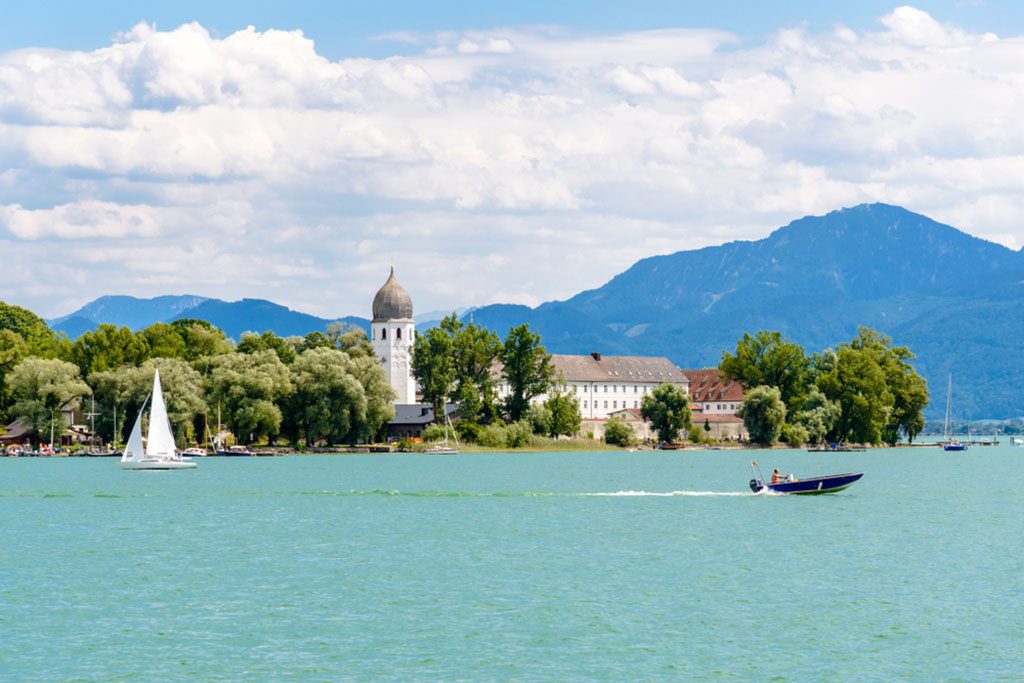
Chiemsee, the biggest lake in Bavaria and sometimes referred to as “the Bavarian Sea,” is a stunning location for a restful getaway by the water. Priena, the largest resort town, is a favorite among affluent Munich residents, but there are numerous more places to choose from.
Explore the lake’s islands by taking a boat ride over its calm waters. Among them is Herrensel, the site of the Herrenchiemsee, one of King Ludwig’s many fortresses. This palace, built in the 19th century, was one of the most opulent structures ever erected in Bavaria and was heavily inspired by Versailles. An Augustinian monastery may also be found on Herrensel.
5. Berchtesgaden
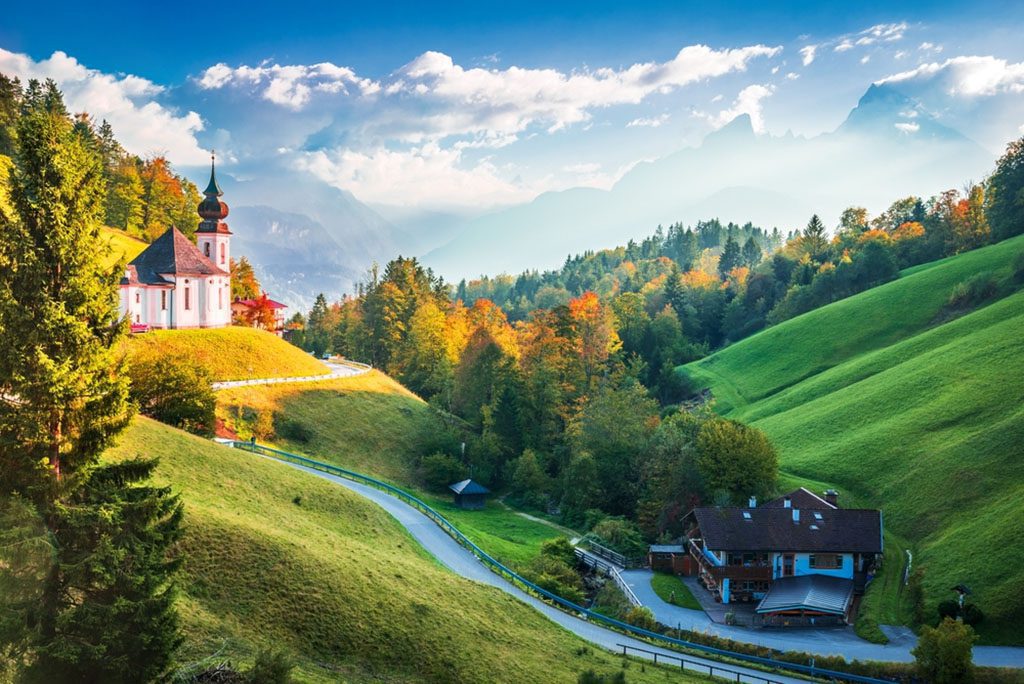
The local landmark, Watzmann, may be seen in all its glory from the town of Berchtesgaden. Its 2,713-meter granite height makes this the third-highest mountain in Germany and provides a breathtaking backdrop to the city. Berchtesgaden is framed by other stunning mountains on all sides.
There are several hiking routes in the vicinity, and the area surrounding the adjacent Konigssee is especially beautiful and popular during the summer months. The Eagle’s Nest, an even more unbelievable landmark, may be found in this area as well. The erstwhile mountain hideaway of Hitler (who was frightened of heights) is now a restaurant and bar, replete with an observation platform, and it serves as a weirdly gloomy tourist attraction.
4. Bamberg
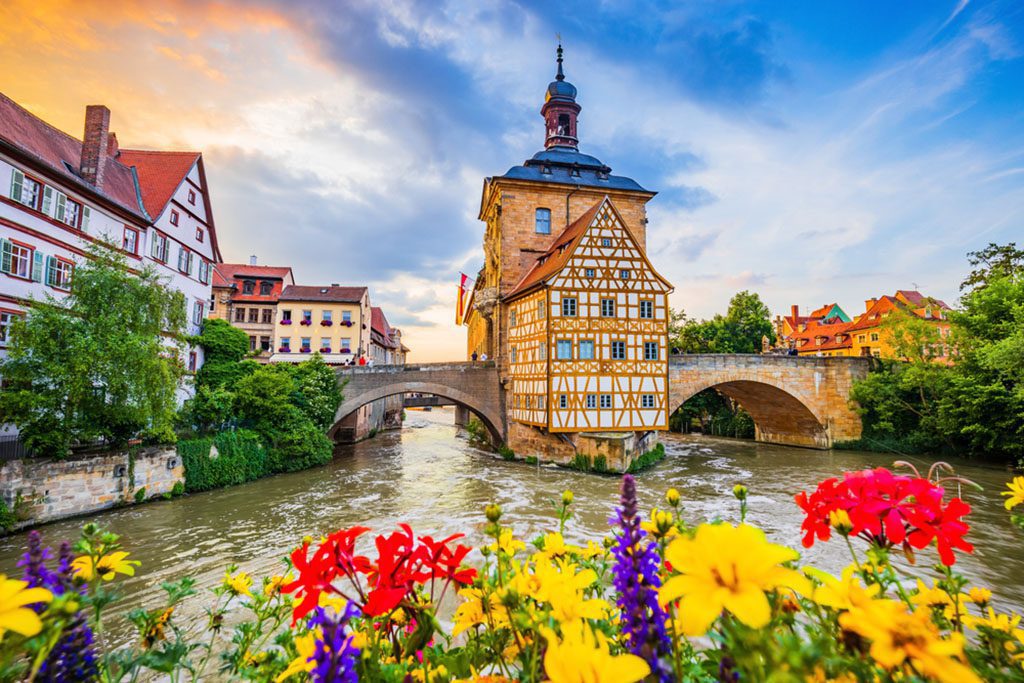
Bamberg, located where the Regnez and Main Rivers converge, is a picture-perfect Bavarian town that sprawls over seven hills. Several of its old town structures date back to the 11th century, including the Romanesque Bamberg Cathedral.
It is known as “Little Venice” due to its proximity to two waterways. In this area, historic fishing cottages compete for waterfront real estate. The historic Bamberg town hall, which is located on an island in the Regnez and is reached by two beautiful stone arch bridges, is a true architectural marvel.
3. Munich
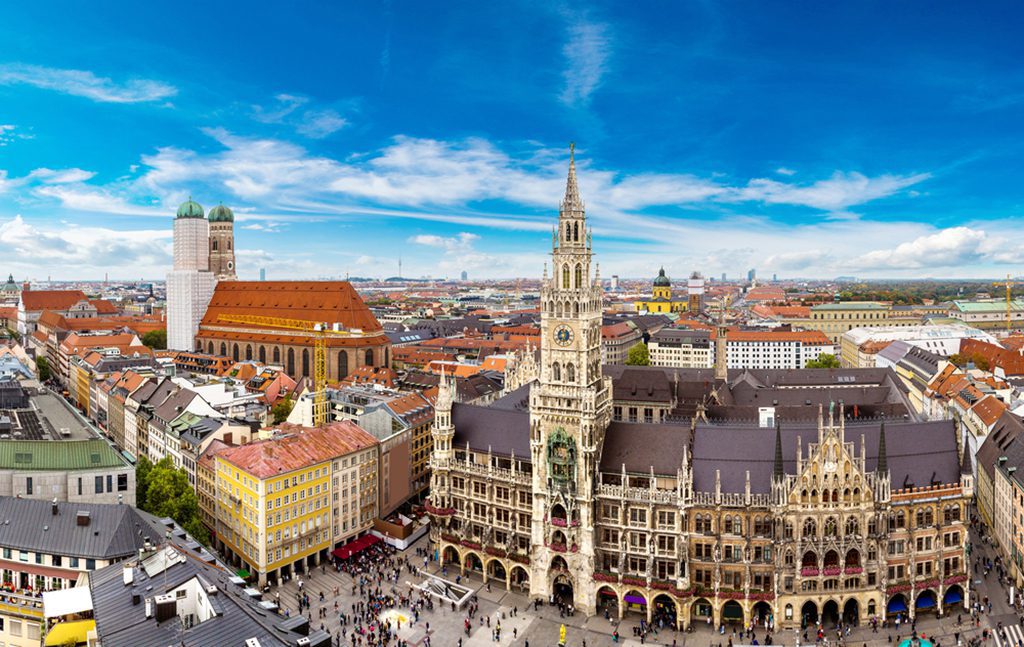
Munich, the capital of Bavaria, is renowned not only for Oktoberfest, which takes place in the city park of Englischer Garten, but also for its many beer halls and picturesque old town. The Neo-Gothic Town Hall, with its famous glockenspiel, is the focal point of the Altstadt.
The spire of St. Peter’s Church, which was built in the 12th century, appears to reach for the heavens, and the twin bell towers of Frauenkirche Cathedral make a striking first impression. If all that sight-seeing is getting to be too much, you can always relax with a few steins of beer and a big meal at the Hofbrauhaus, a beerhouse that has been around since 1589.
2. Rothenburg ob der Tauber
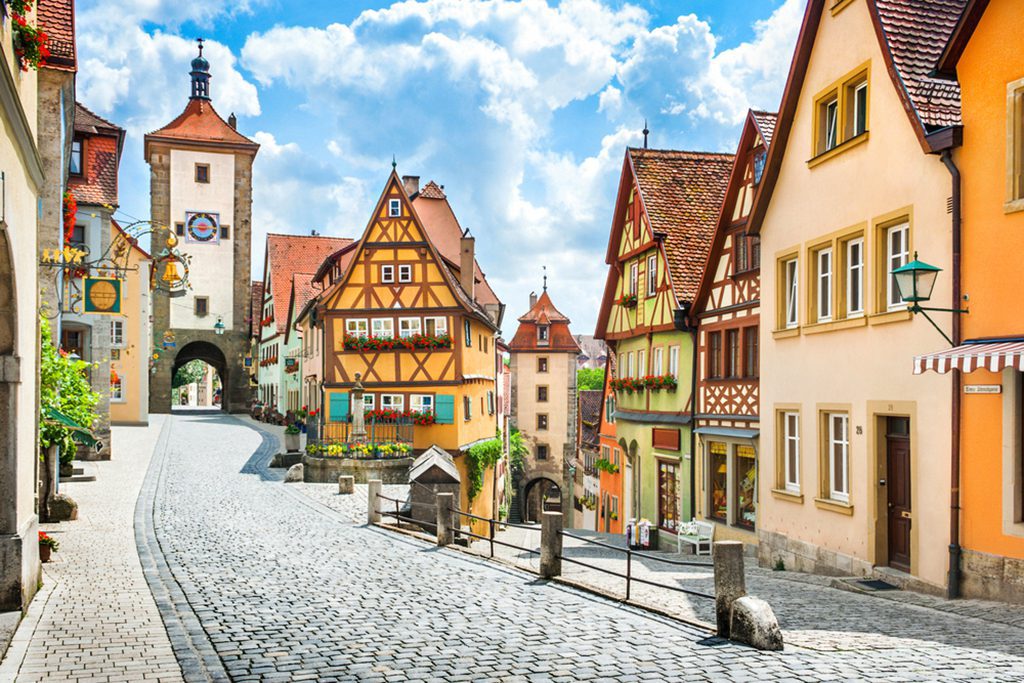
One of the most picturesque stops along the Romantic Road is the village of Rothenburg ob der Tauber. This is the classic medieval Bavarian town, the kind you imagine from stories and that lives up to its name (“Red Fortress above the river Tauber”). Timber structures along charming cobblestone lanes are painted in a rainbow of pastels.
The Rothenburg Christmas Market, which has been running since the 15th century, is one of the city’s most well-known attractions. Rothenburg ob der Tauber is still lovely despite the throngs of visitors. Once the day-trippers go, the town is all yours to explore, and the enthralling Nightwatchman’s Tour begins after dark.
1. Füssen
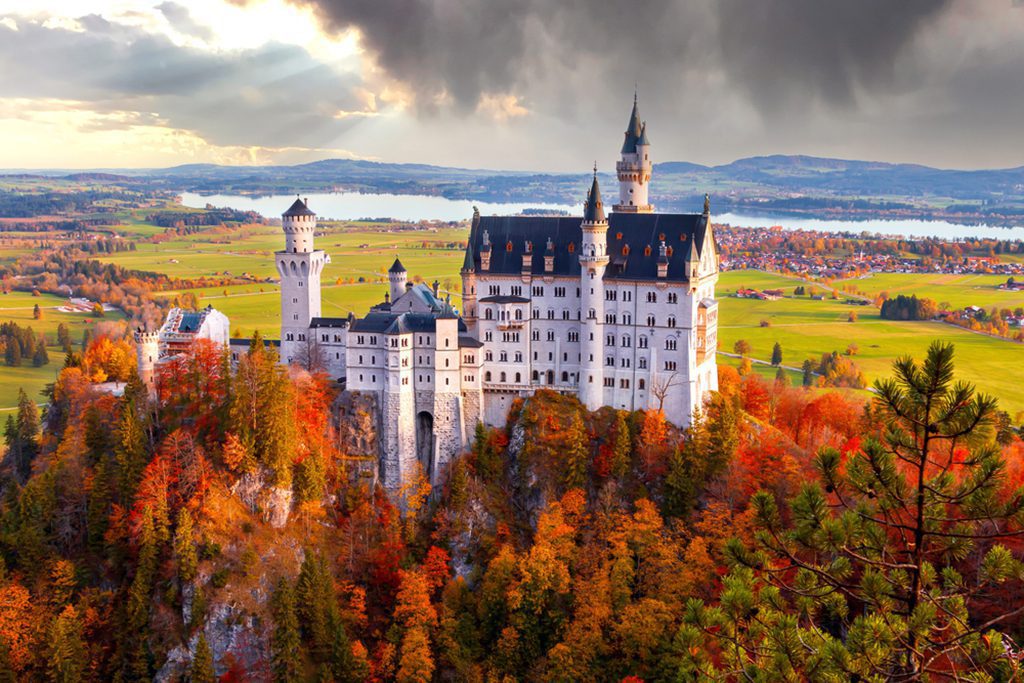
In Füssen, you can visit three different castles, making it a great destination for anybody interested in castles. As a kid, King Ludwig II lived at Hohenschwangau, a beautiful ‘classic’ castle with turrets and towers, which may have influenced his lifelong obsession with castles.
The white walls and lovely red roofs of Hohes Schloss, a late-Gothic castle, are also worth mentioning. But the crown goes to Ludwig II’s masterwork, Neuschwanstein Castle, located not far from Füssen. It’s so stunning that it served as the model for Walt Disney’s iconic Sleeping Beauty Castle. Fairytales are made of Neuschwanstein, and that’s no exaggeration.


